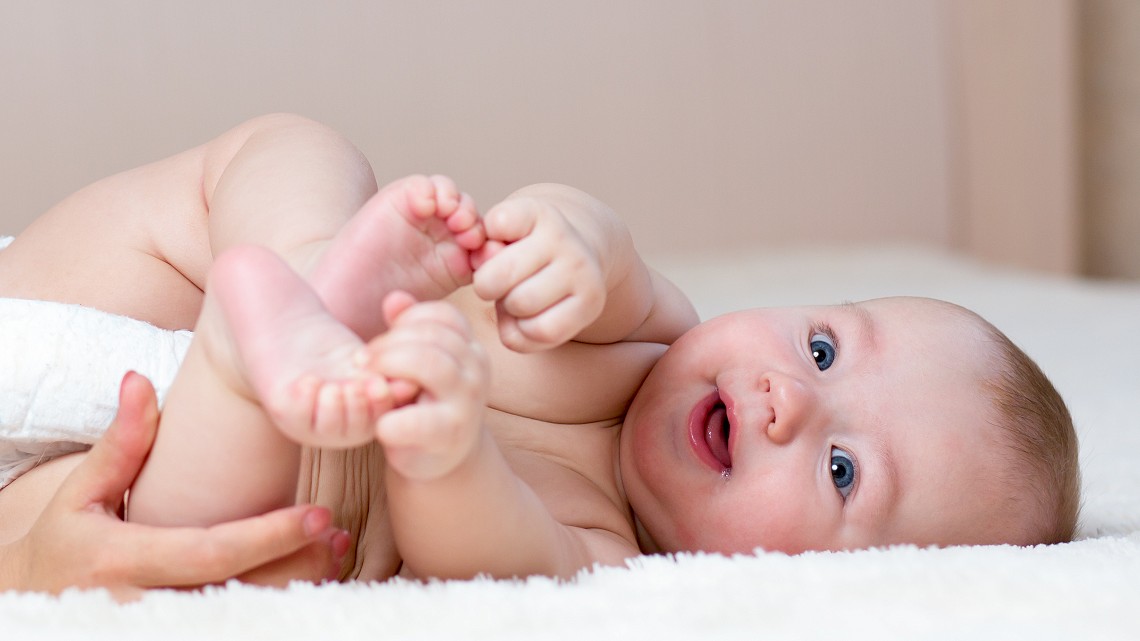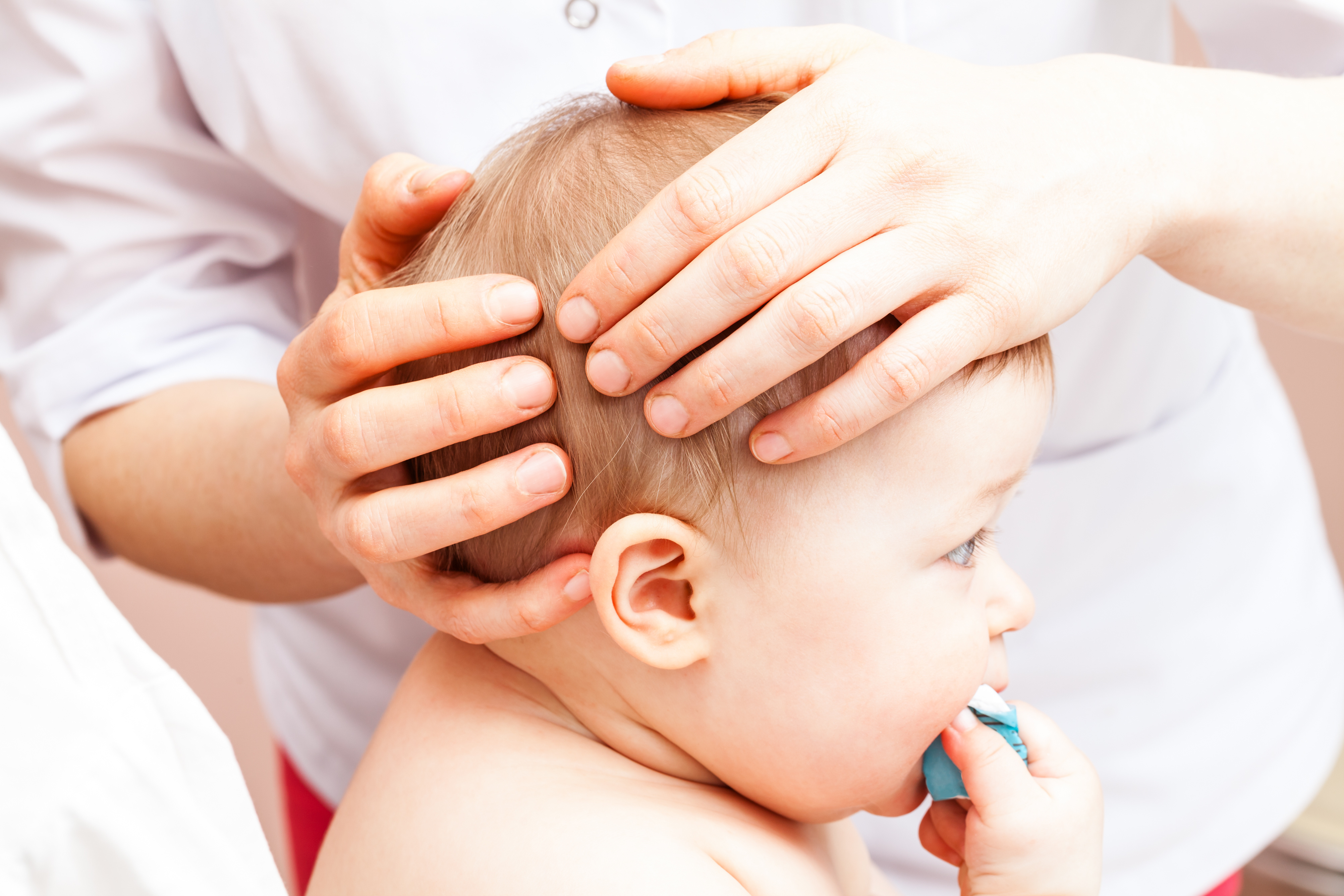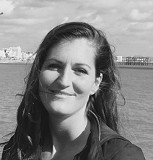Plagiocephaly

What is plagiocepahly?
Cranial osteopaths often see babies with plagiocephaly when parents come for an appointment and mention they’re baby has an odd shaped head. Plagiocephaly means asymmetry of the head/cranium.
What are the causes?
One of the causes of plagiocephaly can be moulding in the mother’s uterus depending on the baby’s position. It can also be due to a difficult birth with the use of ventouse or forceps or a long active labour phase.
The most common cause for a mild plagiocephaly is related to babies having to lay on there backs causing a flattening of the back of the head. Another common cause is torticollis. This is when babies tend to turn they’re head only or mostly to one side and cause a flattening on the preferred side.
A more concerning cause would be craniosynostosis when one of the baby’s cranial suture solidify early.

What to look for?
When you inspect your baby’s head you will see on side flattened and the other more bulging. If you look at their head from above you might notice a parallelogram shape. Also notice the alignment of the eyes and ears.
In craniosynostosis you might find a ridge of the affected suture or a difference in hair growth. If this is suspected x-rays, ultrasound and CCT scans are done to confirm the diagnosis.
Treatment
Helmet therapy is increasingly offered to parents. It is an expensive option and the results are best when applied before the age of 6 months. The baby has to wear the helmet 23hours a day leaving 1 hour or 2 half hours for a bath or other. The length of time depends on the severity and the helmet is adjusted regularly with the progress of the head.
Paediatric physiotherapy can be helpful when the plagiocephaly is related to a torticollis. In this case specific stretches are prescribed and done on the baby.
Osteopathy can help diagnose the cause of the plagiocephaly and treat accordingly with gentle techniques. It is a good therapy to have in conjunction of the helmet or the physiotherapy (when the torticollis is involved).
Tips
- If you notice your child has an odd shaped head, look where the cranium is flat and this will give you a guide of where the pressure is being applied.
- Feel the head, can you feel ridges?
- Do you notice your child always turns his head to one side? Is one breast more difficult to feed than the other?
- Taking cot death into consideration, when you can supervise your baby, try to vary his/her position. Try sidelying position or tummy time on you or on a surface. This helps reduce the flattening and making the neck muscles work to develop the head.
- If you notice a preference in one direction, stimulate your baby to turn the other side by talking to him, with light/windows, turning the cot so that he/she looks towards you and give toys to the opposite hand (the side he/she doesn’t turn to).
In any case Eglantine Hallo is glad to help and will give you all the necessary advice.

